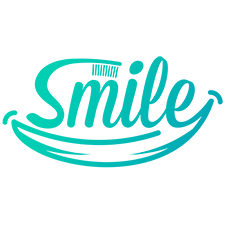As the new year begins, it’s a great time to assess not only the condition of your toothbrush, a vital tool for maintaining a healthy and bright smile, but also to consider scheduling a dental check-up to ensure overall oral health. Knowing when to replace your toothbrush is key to effective oral care, just as regular dental visits are crucial for long-term dental health.
According to the American Dental Association, the general guideline for replacing toothbrushes is when the bristles become visibly frayed or roughly every three to four months. However, for children who tend to chew on their toothbrushes, you may need to replace their brushes more frequently, sometimes as often as once a month. While this might seem excessive, it’s a temporary phase. As children grow older, the frequency of replacing toothbrushes typically decreases. So, as we welcome the new year, let’s remember the importance of a fresh, effective toothbrush for a healthy, happy smile.:
Optimal Toothbrush Care: ADA Guidelines for a Healthy Smile
The American Dental Association (ADA) provides essential guidelines to ensure your toothbrush remains an effective tool for oral hygiene, minimizing the risk of germ transmission and bacterial growth. Here are some expanded recommendations:
Avoid Sharing Toothbrushes: Sharing toothbrushes can lead to the easy transfer of germs and bacteria. This practice should be avoided to prevent cross-contamination and the spread of oral infections.
Rinse Toothbrushes Thoroughly: After each use, it’s crucial to rinse your toothbrush with tap water. This removes residual toothpaste and debris, which, if left on the bristles, can reintroduce bacteria and particles into your mouth during the next use. Ensuring a thorough rinse helps maintain the cleanliness of your toothbrush.
Store Toothbrushes Properly: Toothbrushes should not be routinely covered or stored in closed containers. Such environments can encourage the growth of bacteria and mold. Instead, store your toothbrush in an upright position and allow it to air dry. If using a toothbrush holder, make sure there’s enough space between brushes to avoid cross-contamination.
Regular Replacement of Toothbrushes: The ADA recommends replacing your toothbrush every three to four months or sooner if the bristles become frayed. For children, especially those who tend to chew on their toothbrushes, more frequent replacements might be necessary. Keeping track of the toothbrush’s condition and replacing it timely ensures that it remains effective in cleaning your teeth.
Consideration for Illness: If you’ve been sick, consider replacing your toothbrush to avoid the risk of re-infection. Germs can linger on the bristles and handle, posing a risk of prolonging your illness.
By following these ADA guidelines, you can ensure that your toothbrush remains a hygienic and effective tool in your oral care routine, contributing to a healthier, brighter smile.

